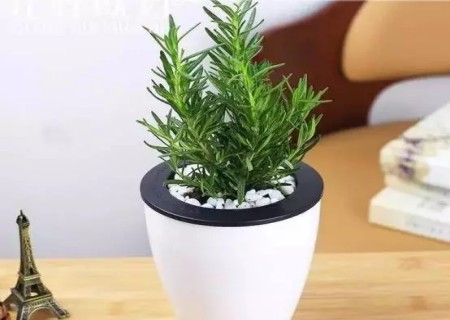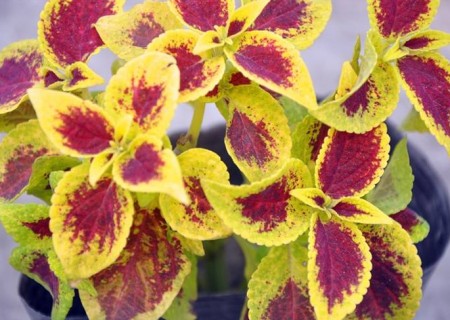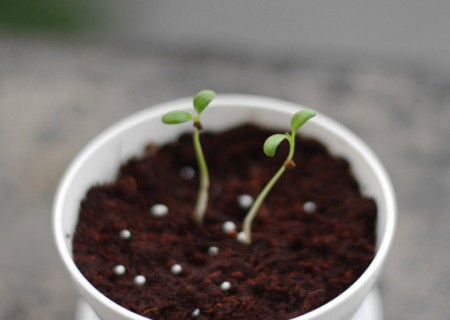Planting method of potted rosemary
Rosemary has a pleasant aroma and has been used in religious rituals as early as ancient times. Because rosemary was first found on the cliffs along the Mediterranean coast, it is called "dew in the sea".
Speaking of rosemary, everyone may think of Jay Chou's song, but how many people know about rosemary? Rosemary is recognized as one of the most antioxidant plants in modern times, and it is often raised indoors to purify the air. The south can be used as a hedge, and it can also grow on dry rocky beaches. It is a highly resistant greening plant. Let's learn about how to grow rosemary.

Rosemary is suitable for planting in a warm climate, so it is a delicate plant with slow growth and weak regeneration ability, so it takes great care to grow rosemary.
2. Planting: in order to ensure the high quality and high yield of rosemary, acid sandy soil with sufficient sunshine should be selected and fully mature organic fertilizer should be applied before planting. The regeneration ability of rosemary is low. If the plant is bought and planted on its own, it usually has to be cultivated in nutritious soil for a month before it is transplanted. In the process of planting, attention should also be paid to this characteristic of its regeneration ability.
3. Management: timely watering and weeding should be carried out after planting. Rosemary grows to a certain height and can be trimmed by itself, choosing a certain shape according to its own needs. In order to stimulate branching and increase yield, coring should be carried out properly. Rosemary is not a fertilizer-consuming plant, so you can apply compound fertilizer every 3 months.
4. Harvest: timely harvest is very important, the time interval of harvest depends on the growing season, close harvest in peak season and sparse harvest in off-season. Generally, when the main stem is 20ml 30cm high, it can be harvested and eaten. In the south, it can be harvested in four seasons, and in the north, the annual supply can also be achieved by using protected areas.
Note:
1. Ventilation: to plant rosemary, to achieve air permeability, choose sandy soil with good drainage and put it in a ventilated place.
2, temperature: Rosemary cultivation, the most need to pay attention to the temperature, winter and summer, the temperature is not too high, not too low.
3. Lighting: Rosemary should have enough sunlight, clean up the aged branches and leaves in time, and prevent diseases and insect pests.
Time: 2019-05-24 Click:
- Prev

How to grow potted coloreds
Colored clover colorful, variety, easy to reproduce, can do small flower display, placed on the windowsill and a few short appreciation. In addition to small-scale foliage display, can also be configured flower beds, flower baskets can also be used as flowers, bouquets with leaves. Colored clover is a very beautiful perennial foliage plant
- Next

Planting methods and matters needing attention of Rosemary seed
Nowadays, planting green plants at home has become a fashion, and people are busy planting flowers, raising succulent plants and even growing vegetables. Today, the editor is going to recommend to you a very useful and ornamental plant vanilla! Vanilla has not only ornamental value, but also medicinal value and edible value. In addition, it can also be used for SPA cosmetology.
Related
- Fuxing push coffee new agricultural production and marketing class: lack of small-scale processing plants
- Jujube rice field leisure farm deep ploughing Yilan for five years to create a space for organic food and play
- Nongyu Farm-A trial of organic papaya for brave women with advanced technology
- Four points for attention in the prevention and control of diseases and insect pests of edible fungi
- How to add nutrient solution to Edible Fungi
- Is there any good way to control edible fungus mites?
- Open Inoculation Technology of Edible Fungi
- Is there any clever way to use fertilizer for edible fungus in winter?
- What agents are used to kill the pathogens of edible fungi in the mushroom shed?
- Rapid drying of Edible Fungi

